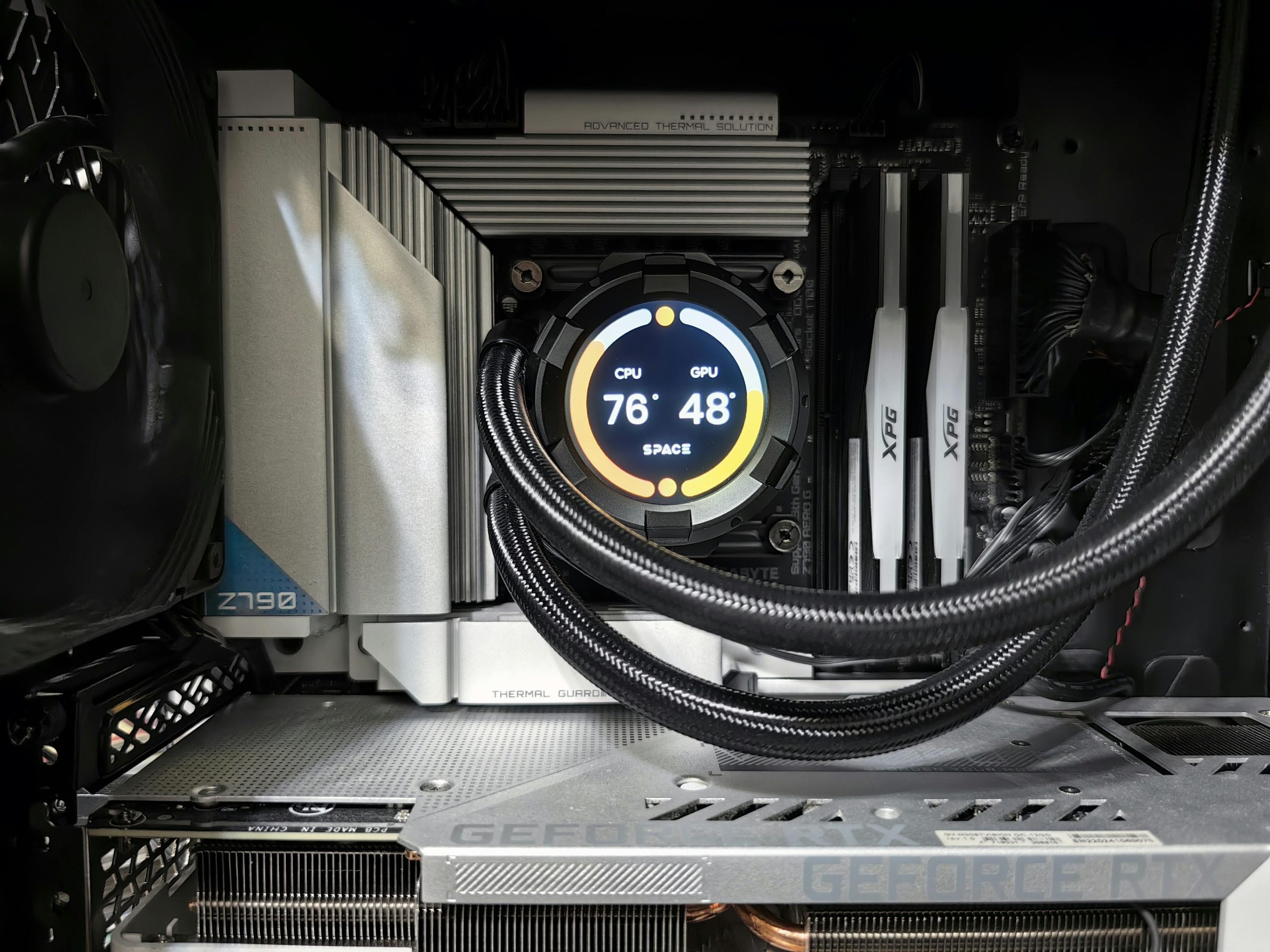Understanding and Troubleshooting GPU-Related Issues: A Guide for Users Experiencing Graphics Instability
Graphic card issues can often be perplexing, especially when symptoms fluctuate from minor glitches to significant system instability. If you’re noticing screen flickering, blackouts, audio disruptions, or visual artifacts, it can be challenging to determine whether your GPU is failing or if software problems are at play. This article provides insights into common GPU problems, potential causes, and steps you can take to diagnose and resolve these issues effectively.
Recognizing the Symptoms
Many users report symptoms such as:
– Occasional black screen flashes, often accompanied by USB device sounds.
– Progressive visual artifacts, including black squares, colored lines, or distortion on the display.
– Complete monitor blackout during gameplay or general use.
– Audio cutouts or crashes coinciding with visual issues.
– Error messages related to graphics rendering, such as DirectX errors indicating device problems.
These symptoms can appear suddenly or develop gradually, making it vital to methodically identify their root cause.
Potential Causes
Several factors can contribute to graphics-related problems:
1. Hardware Degradation or Failures:
– GPU overheating or aging components.
– Power supply issues affecting GPU stability.
– Physical damage or manufacturing defects.
2. Driver or Software Conflicts:
– Outdated or corrupt graphics drivers.
– Conflicts with other system drivers or background applications.
3. System Configuration:
– Insufficient system resources or incompatibilities.
– Overclocking settings causing instability.
4. External Factors:
– Faulty or loose display cables.
– Monitor issues unrelated to the GPU.
Steps for Diagnosis and Resolution
-
Update Your Graphics Drivers
Ensure that your GPU drivers are current. Visit the manufacturer’s website (e.g., NVIDIA, AMD) to download and install the latest stable drivers compatible with your graphics card model. -
Monitor Hardware Temperatures and Usage
Use monitoring tools like MSI Afterburner or HWInfo to check GPU temperatures under load. Excessive heat can cause artifacts and crashes. Aim to keep temperatures within the manufacturer’s recommended ranges. -
Check for Hardware Stability
- Run stress tests with programs such as FurMark or Unigine Heaven to evaluate GPU stability.
-
Observe for artifacts or crashes during testing, indicating potential hardware failure.
-
Inspect Physical Components
- Ensure the graphics card is properly seated in the PCIe slot.
- Verify that all power connectors are securely connected.
- Clean dust from the GPU and
Share this content:



